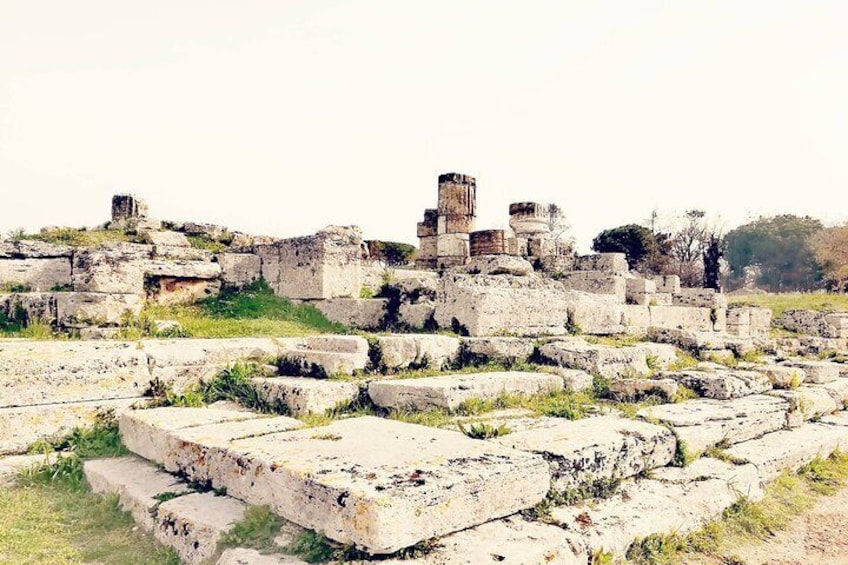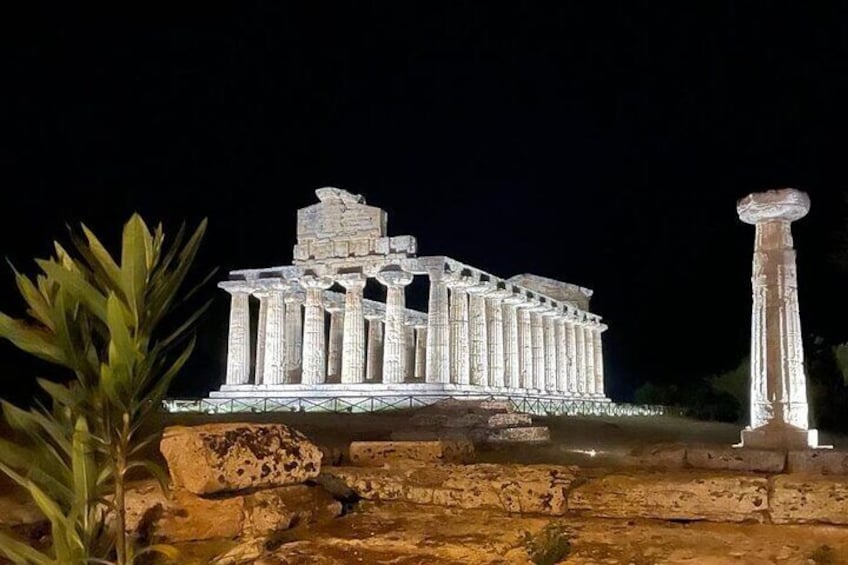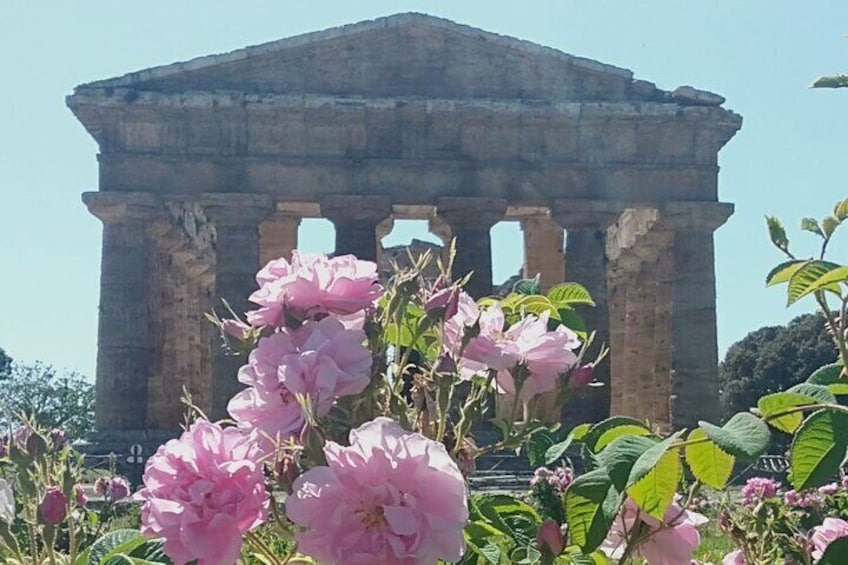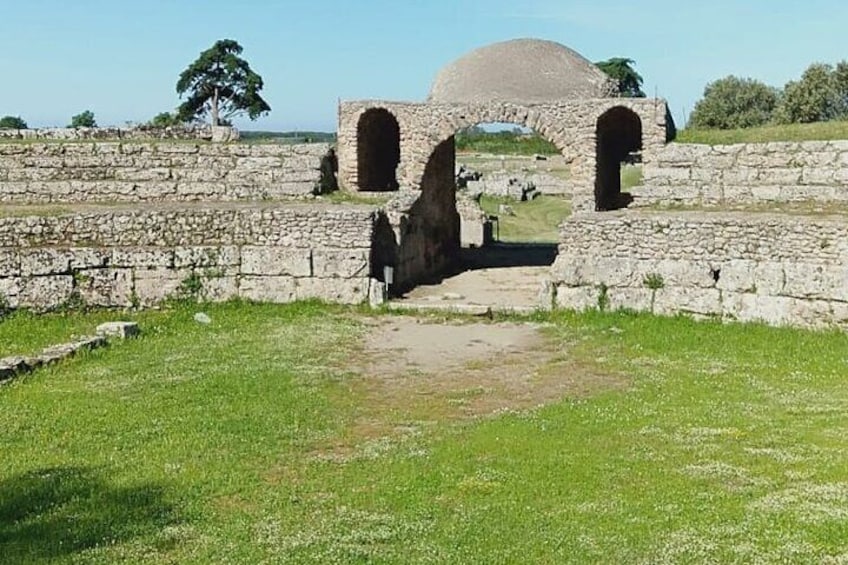




Paestum UNESCO World Heritage
By Discover Cilento
Free cancellation available
Features
Overview
Activity location
Meeting/Redemption Point
Check availability
Visit to the temples of Paestum
Starting time: 3:00 pm
Price details
AU$106.81 x 1 AdultAU$106.81
Total
Until Mon, 21 Apr
What's included, what's not
Know before you book
- Infants and small children can ride in a pram or stroller
- Service animals allowed
- Infants are required to sit on an adult’s lap
- Suitable for all physical fitness levels
Activity itinerary
Location
Activity location
Meeting/Redemption Point
Best Deals on Things to Do
Experience the wonders of the world up close with great deals on things to do near and far. We offer one-of-a-kind activities that allow you to explore Paestum your way. Whether you love nature, culture, food or a bit of adventure, we have the perfect activity for you.